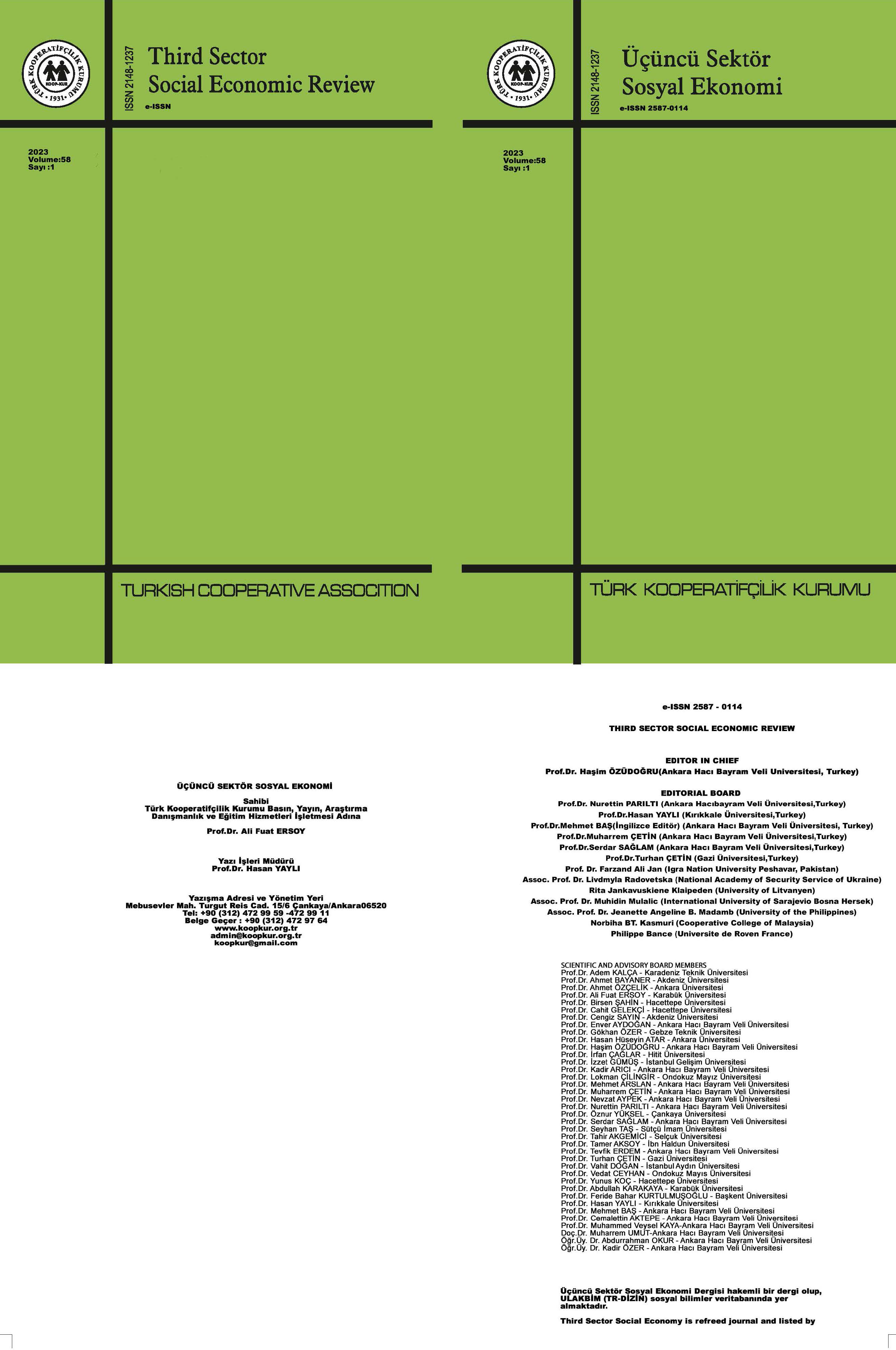LOOKING AT THE COMMUNITY FROM THE TANZIMAT NOVEL: SOME SECTIONS FROM WORKING LIFE IN 19TH CENTURY OTTOMAN ISTANBUL
DOI:
https://doi.org/10.15659/3.sektor-sosyal-ekonomi.23.03.2001Keywords:
Tanzimat novel, Ahmet Mithat Efendi, Müşahedat, 19th century Istanbul, Work Life, Commerce in the Ottoman Empire, Social ChangeAbstract
The Tanzimat novel, which was born in the 19th century innovation period, is full of important data in terms of its feature that keeps the record of the period. The Tanzimat writer also conveyed the social events he witnessed and the values he defended to the public with the texts he wrote. Ahmet Mithat Efendi, one of the most productive of the Tanzimat intellectuals, included different scenes from 19th century Istanbul in his novel Müşahedat, which he wrote based on his daily observations. Ahmet Mithat Efendi, who is also included in the novel with his own identity, obtained important information from the merchant Seyyid Mehmet Numan Efendi, whom he met in real life, about his work and therefore the state of trade at that time. The author also had the opportunity to observe his employees and their work in the vegetable trading business from a pier visit. In this study, trade life and the trading of vegetables and fruits, which are among the main themes of the author's novel, were examined, and the relevant sections of the working life were shed light by bringing together the quotations from the texts and the information obtained from the Ottoman history literature. In addition, the changes in the business lines under the changing socio-economic conditions of the 19th century were also included in the study. The trade perception and activities of the Ottoman Empire in the past centuries are also mentioned from time to time. As a result, it has been observed that there has been a regression compared to previous centuries in the business lines discussed, both due to the changing socio-economic conditions of the 19th century and because the young Ottoman generation wanted to work in other business lines.







